Click below to listen to my 2 min. garden Bite radio show: Is it a mole? Is it a vole?
Moles or voles, neither is great in the landscape. Voles are common in yards. They eat grasses and roots and leave trails. We usually see their small surface tunnels winding through lawns right after snow melt. Voles love munching on small trees and shrubs, they can be a problem with newly planted plants that don’t have protection in winter.
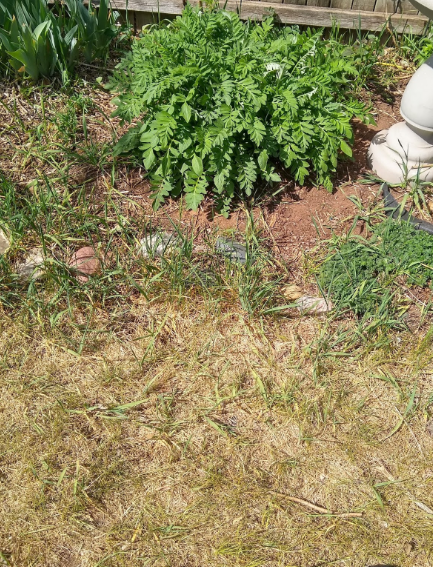
Minnesota Wild Animal Management, Inc. has some good information. They are a humane removal company. I am not endorsing them as I have not used them. I did, however, want to share this helpful picture…
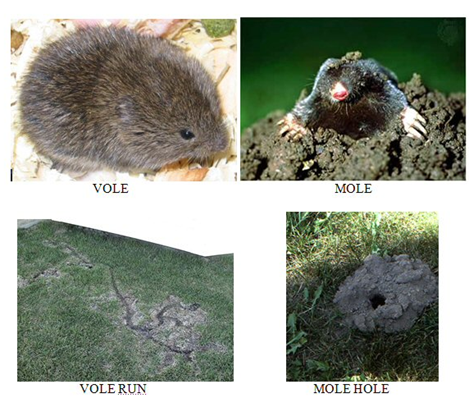
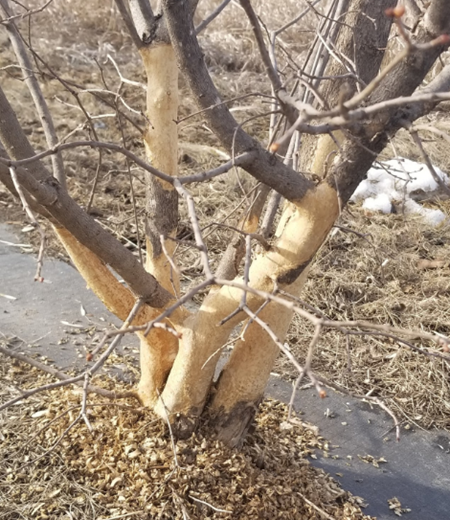
Large vole populations can most effectively be reduced using toxic baits.There are some available for home use but please use cautiously. You don’t want kids or pets to get into that stuff.
How to manage vole damage [Univ. of MN Ext]
Moles are the real diggers, they aren’t vegetarians.
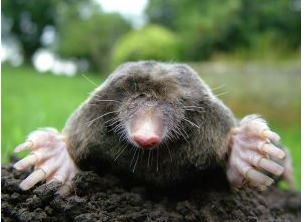
Moles leave mounds in the soil as their tunnels are deeper to get those earthworms and grubs. Because they’re good diggers they can uproot your plants while scouting out for meat.
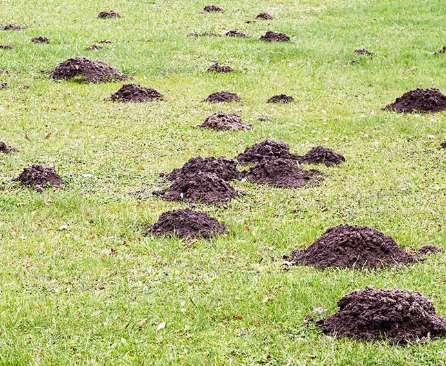
Moles need to be trapped. They’ll reuse tunnels so step down on an entrance and if the mound is raised within 24 hours, the tunnel is active. Set a trap there. Now’s a good time to check for moles. Voles like to munch on the crowns of your lawn, so don’t mow less than 2 inches. In fact, it’s better to keep it closer to three if you can. I know that drives some folks nuts! Now that dandelion season is over, we can let the lawn grow a little taller.
How to trap moles [Univ. of MN Ext]
Controlling nuisance moles [Univ. of Missouri Ext]
